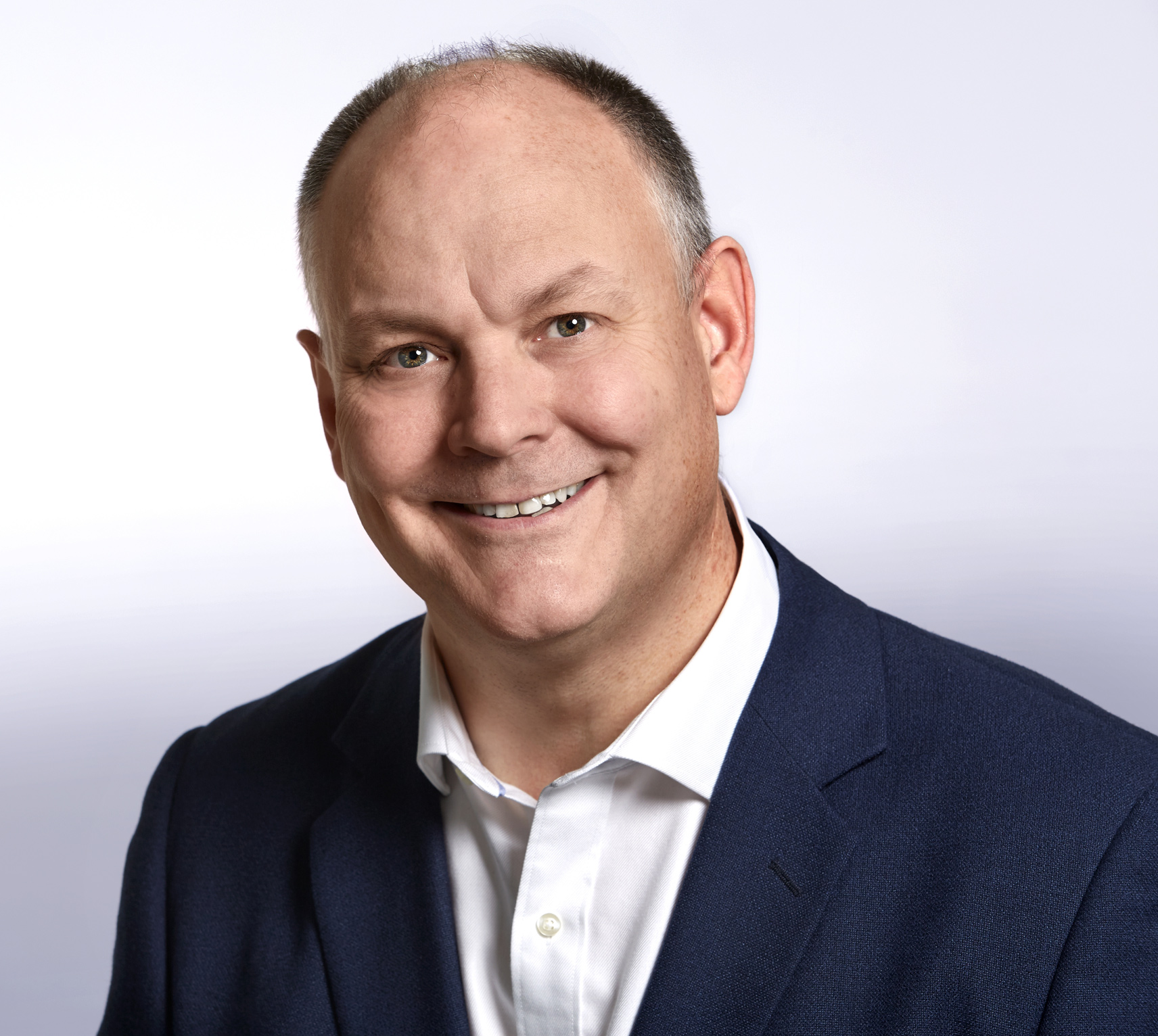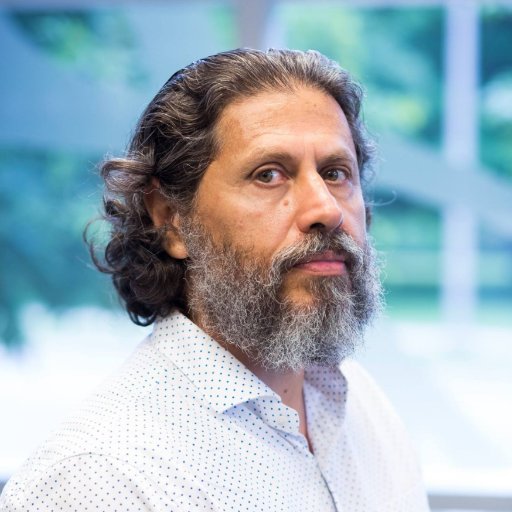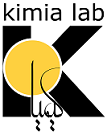
Monday, October 26 | 9-9:45am PT
Live Q&A: 9:45-10:05am PT
In this pre-conference workshop, Huron Digital Pathology’s CEO, Patrick Myles, and their AI advisor, Professor Hamid Tizhoosh, will illustrate how Huron’s LagottoTM image search platform has been designed to integrate seamlessly into existing and emerging digital pathology workflows, describing several workflow scenarios.
Attendees will learn the following:
- How does WSI indexing work? What file formats does Lagotto support (does it work on scanners other than Huron’s)?
- How long does it take to index a large WSI archive with millions of slides? What about new slides as they enter the archive?
- How does Lagotto’s API integrate with 3rd party image management systems? What about 3rd party AI algorithms from various vendors? Laboratory information systems?
- What does an on-premise deployment of image search look like? What about cloud deployment?

Patrick Myles
CEO
Huron Digital Pathology
Patrick Myles is the CEO of Huron Digital Pathology, a Canadian medical device and software company pioneering image search to connect pathologists to the vast knowledge contained in the world’s pathology reports. Prior to joining Huron, Patrick spent 18 years at Teledyne DALSA, most recently as Vice President of Business Development. He is board member of the Digital Pathology Association.

Hamid Tizhoosh, PhD
Kimia Lab, Director
University of Waterloo
Dr. Hamid R. Tizhoosh is a Professor in the Faculty of Engineering at the University of Waterloo since 2001 where he leads the KIMIA Lab (Laboratory for Knowledge Inference in Medical Image Analysis). He is the author of two books, 14 book chapters, more than 150 journal and conference papers, and multiple patents. He is the AI Advisor of Huron Digital Pathology and is a faculty affiliate to the Vector Institute in Toronto.
Register for PV20 Virtual Today!
:: https://digitalpathologyassociation.org/huron-preconference-workshop
KimiaNet at Pathology Visions 2020
Professor Tizhoosh will also talk at the conference in a separate session to report recent progress in Kimia Lab on training deep networks for digital pathology. The talk is titled “KimiaNet – Training a Histopathology Deep Network from Scratch“. The main objective of the talk is to show how unlabelled data like TCGA images can be used to train a deep network.
Deep embeddings, or feature vectors, provided by pre-trained deep artificial neural networks have become a dominant source for image representation in digital pathology. Their contribution to the performance of image analysis can be improved through fine-tuning. One might even train a deep network from scratch with the histopathology images, a highly desirable option which is generally impeded in pathology by lack of labeled images and the computational expense. We propose “KimiaNet†that employs the topology of the DenseNet with four dense blocks, fine-tuned and trained with histopathology images in different configurations. We used more than 240,000 image patches with 1000×1000 pixels acquired at 20x magnification through our proposed “high-cellularity mosaic” approach to enable the usage of weak labels of 7,126 whole slide images of formalin-fixed paraffin-embedded human pathology samples publicly available through The Cancer Genome Atlas (TCGA) repository. We tested KimiaNet using three public datasets, namely TCGA, endometrial cancer images, and colorectal cancer images by evaluating the performance of search and classification when corresponding features of different networks are used for image representation.
